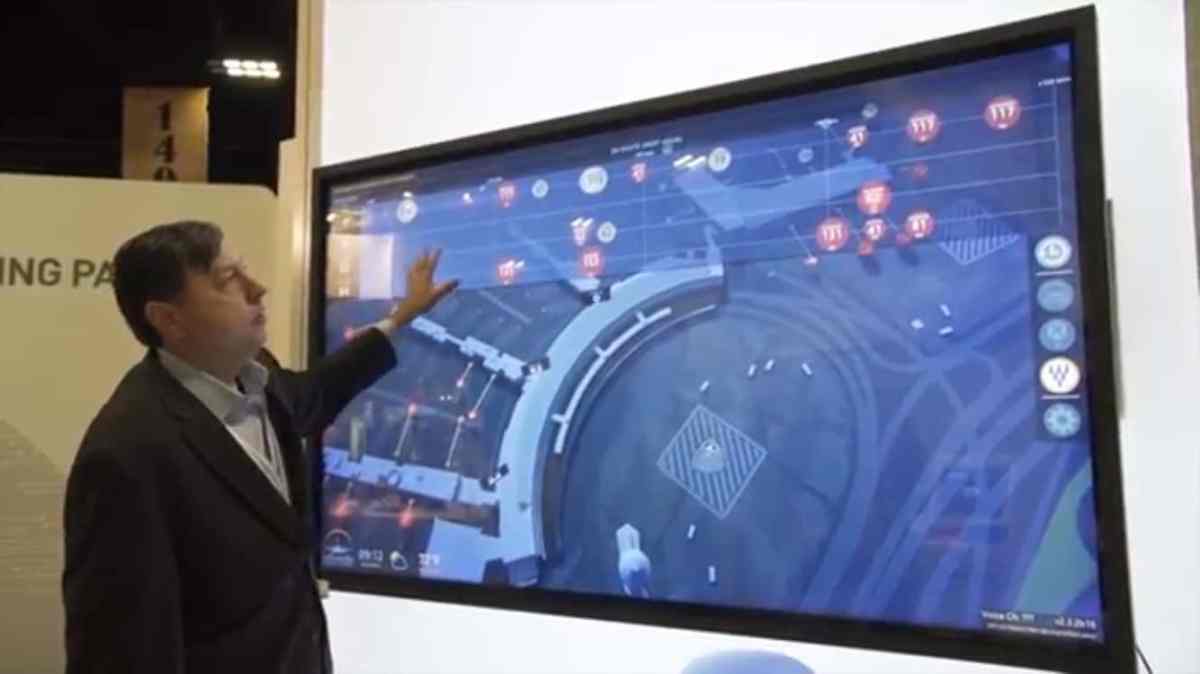While backhoes, trucks and construction workers rebuild a new LaGuardia Airport, a company’s Long Island office has quietly constructed a digital double or “twin” of an entire terminal to provide, visualize, and manage data, achieving efficiencies, and savings.
SITA, the global airline and airport information technology company, has built a digital twin or interactive image of a terminal that can provide information in real time for LaGuardia Airport Terminal B to better visualize and manage the terminal.
“The digital twin was born in Bohemia,” says Anthony Natale, SITA’s vice president, Northeast United States, Canada, and Bermuda. “It came up in a conversation with a customer and evolved to a new indispensable tool for airport operations teams.”
A touch screen displaying the terminal can be manipulated to provide images as well as in-depth information regarding wait times, queues, airline arrivals, weather, cleaning, and much more. A form of the technology is also used in another transportation industry, where data has long been streamed instantaneously, due to the demands for speed.
“The digital twin is a concept that emerged from Formula One racing,” says Kevin O’Sullivan, lead engineer for SITA’s digital twin. “They get detailed telemetry about their car. They can have a virtual or digital replica of that car and simulate models on their computers.”
Expanding that concept to an airport with so many activities, wasn’t an easy task. But at LaGuardia, the digital twin is up and running for one terminal, filled with and providing data.
“We’re taking that digital twin concept, having detailed telemetry and live streaming data, and applying that to a whole airport campus,” O’Sullivan says. “We take a total airport management view, flight events, security wait time, passenger feedback, passenger capacity in terminal arrival buildings. We visualize that in a 3-D map of LaGuardia Airport.”
He calls the digital twin a dashboard in the “operations control room of LaGuardia, like a NASA command room,” with everything able to run on an 86-inch touch screen, giving a centralized view of what happens at the airport.
“We’re just scratching the surface of the capabilities of a twin, as we continuously monitor and build the historical data of the operations,” Natale says. “With machine learning and predictive capacity, we’ll be able to better forecast what a day of operations would look like to better adjust.”




























